
Decades before women could vote in the U.S., one state dared to stand alone.
Long before the United States allowed women’s suffrage and years before it became a state, Utah passed legislation allowing women to vote. However, shortly after they gained women’s suffrage, the U.S. Congress took the right away. Emily Richards led the movement to get it back- this time for good.
Early Years
When the leader of The Church of Jesus Christ of Latter-Day Saints (LDS) and his brother were assassinated in Illinois, Brigham Young and other Mormon church leaders decided to move west. In July 1847, many Mormons began settling in what would become Salt Lake City and the surrounding areas. Between 1847 and 1900, long before the U.S. was settled to the west, they created almost 500 settlements in Utah.
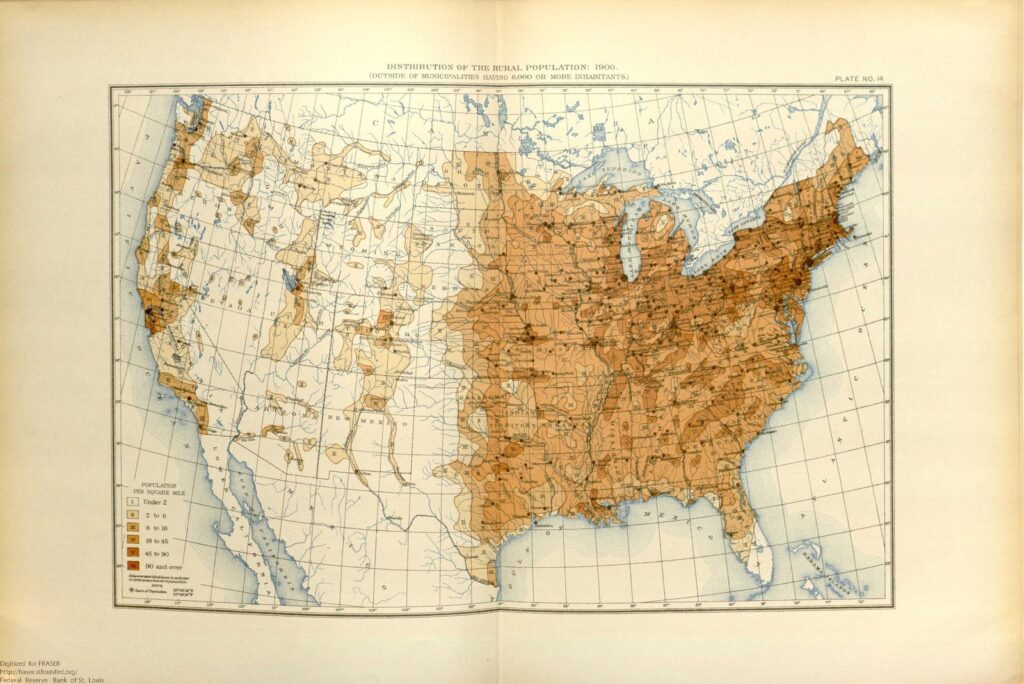
The Polygamy Connection
One practice of the Mormons was polygamy, allowing husbands to have more than one wife simultaneously. The U.S. House of Representatives wanted to stop polygamy, so they passed the Collum Bill, which stripped polygamists of the right to vote, sit on a jury, or hold public office. In January 1870, women gathered at an “indignation” meeting, a type of meeting held to protest unpopular policies. The women were protesting the anti-polygamy legislation passed by the United States. They wanted to protect their religious freedoms.
Women’s Suffrage: The First Time
Because Utah women were in favor of protecting polygamy, On February 12, 1870, Utah officials granted suffrage to women 18 years or older, thinking it would help keep polygamy in place. Wyoming had given women this right a few weeks earlier, but Utah women were the first to vote because their elections were held earlier. On February 14, Seraph Young became the first woman to cast a ballot legally in Utah (and the United States). Women voted legally in the Utah Territory for 17 years.
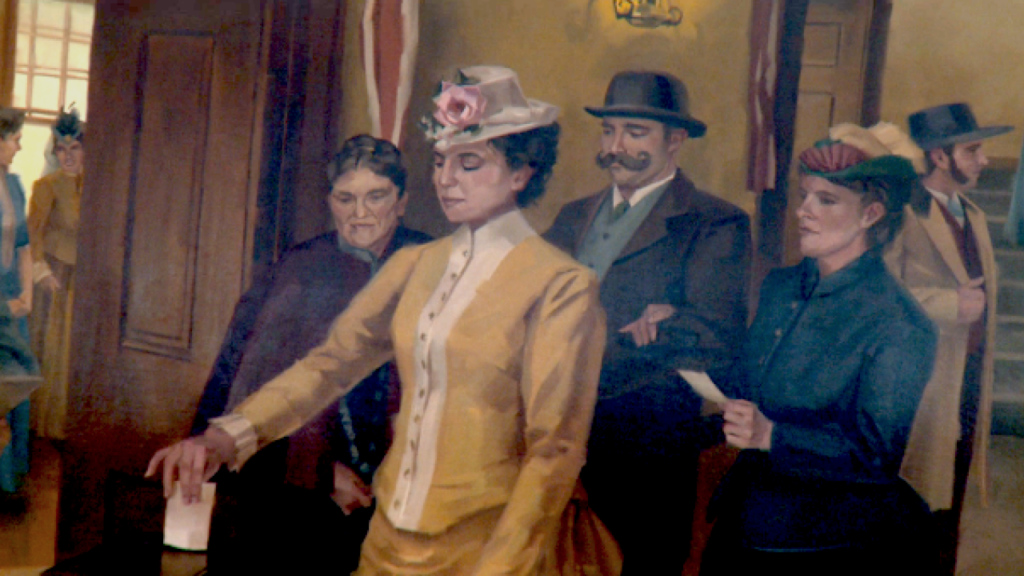
Not So Fast
Many in the United States felt that polygamy was wrong. In 1887, the House of Representatives passed the Edmunds-Tucker Act, outlawing polygamy and women’s suffrage in Utah. While the legislation was a blow to women’s rights, they were not about to give up without a fight.
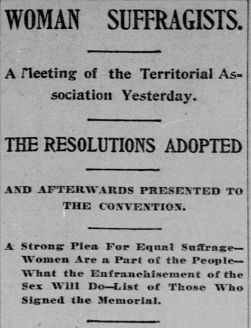
Emily Richards
Emily Sophia Tanner Richards was born and raised in Utah territory. Her father was a prominent Latter-Day Saints leader, and her husband was an influential LDS attorney. Both were supporters of women’s suffrage. After the Edmunds-Ticker Act was passed, Emily approached the church about pursuing women’s enfranchisement, or right to vote. With their blessing, she started the Utah Suffrage Association, an affiliate of Susan B. Anthony’s National American Woman Suffrage Association. Emily established multiple local chapters of the Utah Suffrage Association, which were instrumental in granting women suffrage.

Richards traveled to many different places to encourage the passage of women’s suffrage legislation. She and her husband moved to Washington, D.C., with her husband, who was campaigning to grant Utah statehood. While there, she and other suffragettes met with President Grover Cleveland. She also represented Utah at the 1893 Chicago World’s Fair and even spoke to the World Congress of Representative Women. Her time at the fair was so successful that she was invited to multiple fairs in the following years.
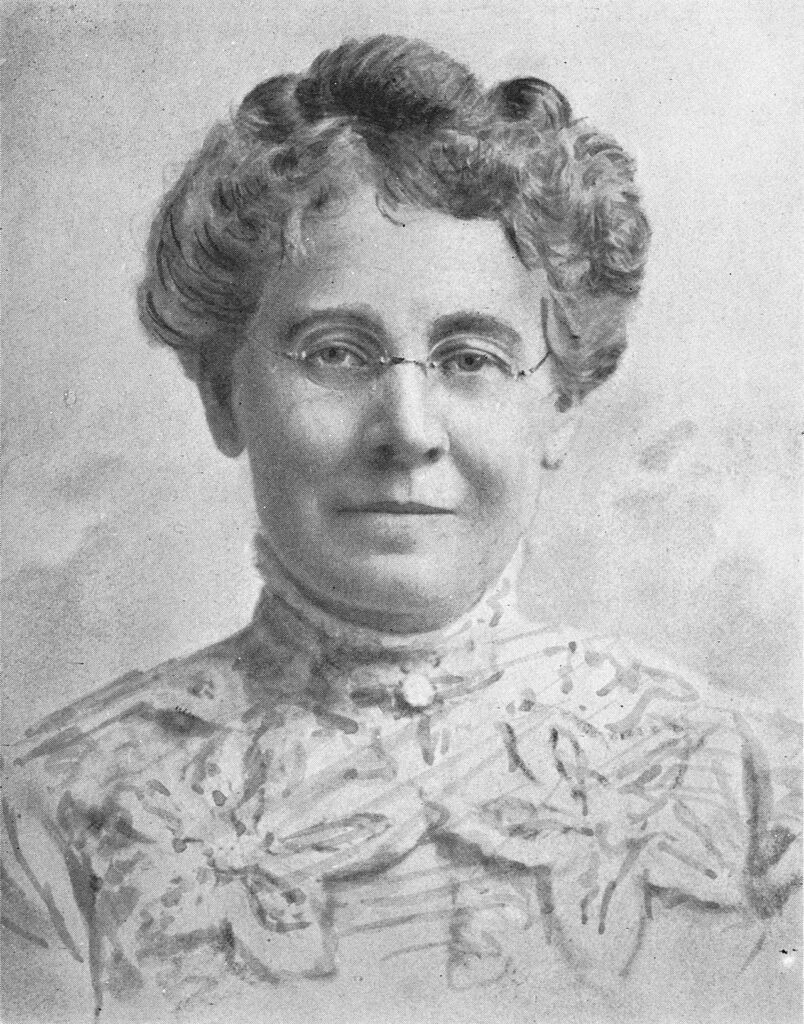
Utah
After some early struggles, the suffrage movement, led by Emily Richards and other women, achieved its objective. They convinced Utah legislators to enshrine women’s enfranchisement into the Utah Constitution in 1895. Article 4, Section 1 of the Utah Constitution allowed women the right to vote. Today in history, on January 4, 1896, the U.S. Congress accepted Utah’s Constitution when it admitted Utah to be the 45th state. Women in the state of Utah were the first in the country to have the legal right to vote*.
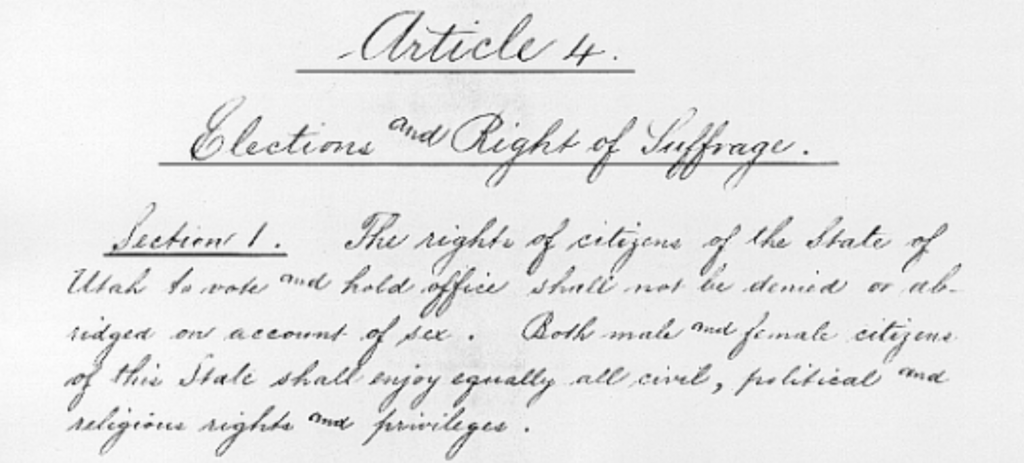
*The 19th Amendment was ratified in 1920, giving all women in the United States the right to vote.

